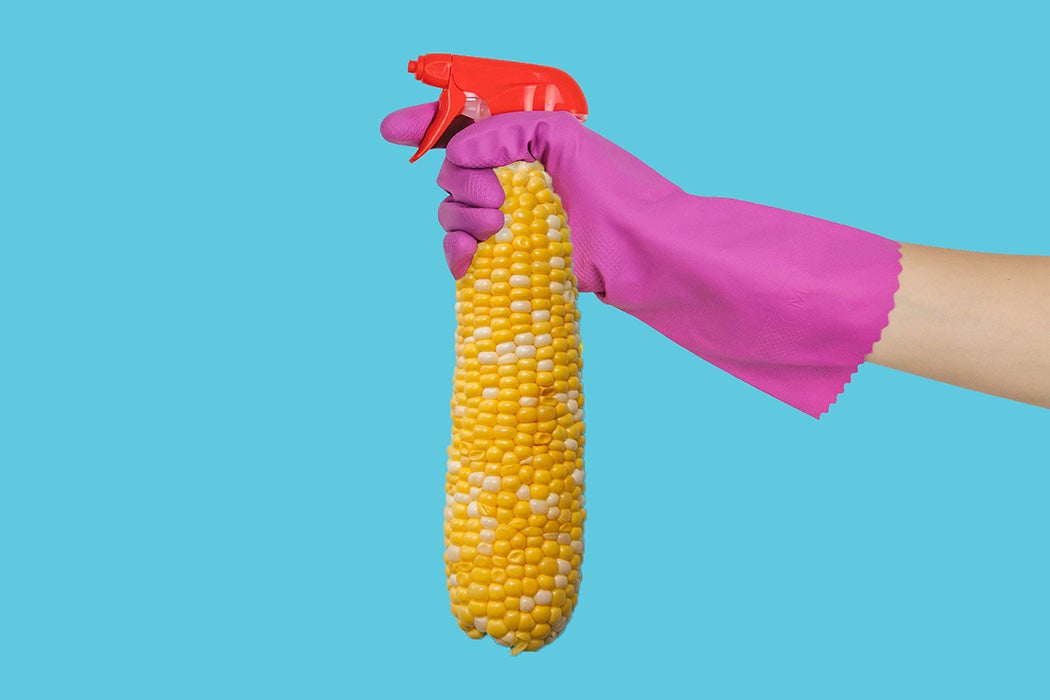With harvest season nigh, the corn should be “as high as an elephant’s eye,” as the old Rodgers and Hammerstein song has it. Time to get that water boiling for the corn on the cob?
Sure. But most of the corn we consume isn’t on the cob, in a can, or frozen. Sweet corn is actually less than 1 percent of the corn grown in the United States. Popcorn, our third standard type of corn, is also less than 1 percent of the American corn crop.
Educators Renee Clary and James Wandersee have explored the history of corn, from the first domestication of maize about 10,000 years ago to today’s ubiquitous “commodity corn.”
According to Clary and Wandersee, we should be flush with the hundreds of varieties of corn crafted by human selection over the centuries. But the United States, the world’s largest corn producer, almost exclusively grows field corn, which is also known as dent corn, or, in the futures markets, “commodity corn.” It is not delicious with butter and salt.
Commodity corn is a bit magical, however, because it can be transformed into a plethora of products. Food is still a big part of the corn equation, but indirectly. Meat, for example, is actually transmuted corn: Four-tenths of the U.S. corn crop goes to feed chicken, pigs, and cattle. And since cattle evolved as grass eaters, they have to be dosed with antibiotics because corn isn’t healthy for them.
Many processed foods are built on the back of corn. High-fructose corn syrup, much cheaper than sugar, is the most obvious of these corn-based ingredients in our food system.
Clary and Wandersee have their students survey what’s in their home pantries. There’s a lot of corn hidden in food labels. Caramel color, lecithin, citric acid, modified and unmodified starch? Corn. The same with ascorbic acid, lysine, dextrose, monoglycerides, diglycerides, maltose, maltodextrin, and MSG. Xanthan gum? Well, there’s no such thing as a xanthan gum tree.
But the corn story is even more complicated. Corn can be chemically manipulated into all sorts of unexpected uses. There’s ethanol, for instance, which is basically alcohol used as a fuel supplement.
Weekly Newsletter
You’ll also find corn used in the production of antibiotics; aspirin; books; charcoal briquettes; cosmetics; crayons; disposable diapers; drywall; dyes and inks; fireworks; glues; paper, and plastics. The spray cleaner Windex has at least five corn-derived components. Spark plugs, toothpaste, batteries, and running shoes can all be made with things that started out as corn, in a field, under the sun. In 2001, Goodyear introduced tires made with a starch-based filler made from corn. DuPont naturally has a corn-based synthetic fiber.
While we’re at it, Stephen King’s 1977 story “Children of the Corn” gave rise to a movie franchise starting in 1984, and there’s a new Children of the Corn movie scheduled for release next year. Corny as horror movies can be, we apparently can’t get enough of them—or of corn itself.







